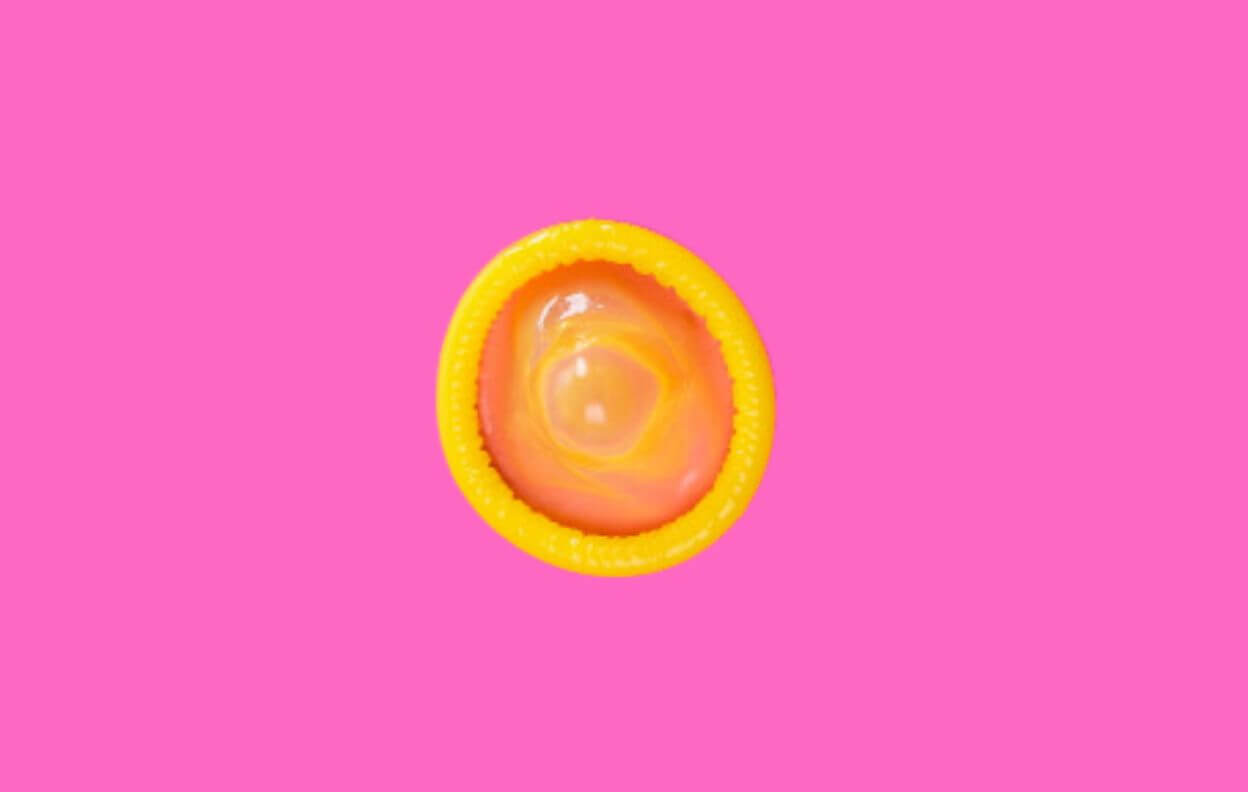What is pulling out?
Whether you know it as ‘pulling out’, the ‘withdrawal method’ or ‘coitus interruptus’ (Latin for ‘sexual intercourse interrupted’), there are many questions around whether pulling out during sex is actually a reliable and effective form of contraception. To find the answers simply read on.
What is the ‘pulling out’ method?
As the name suggests, the ‘pulling out’ method is when, during vaginal sex, the penis is ‘pulled out’ of the vagina just before ejaculation, which then (in theory) happens away from the partner’s genitals. The withdrawing of the penis is intended to stop semen from entering the vagina, therefore preventing pregnancy.
How effective is it?
The withdrawal method is ineffective. It’s not recommended as a regular or reliable way of preventing pregnancy as up to 1 in 4 women are likely to get pregnant if this method is used.
Pregnancy can still occur even if the penis is withdrawn from the vagina prior to ejaculation. This can happen if ejaculation occurs too close to the vagina’s entry, or if some pre-ejaculate (aka pre-cum: the fluid released during sex before orgasm) is expelled while the penis is in the vagina – pre-cum fluid can contain sperm too.
The withdrawal method and STIs
Aside from pregnancy, relying on the withdrawal method can expose you and your partner to sexually transmissible infections (STIs). STIs are passed on from one partner to another during sexual activities (such as vaginal, oral and anal sex) where bodily fluids (like semen and vaginal fluid) are exchanged and skin-to-skin contact occurs.
It’s important to remember that you can’t tell if someone has an STI just by looking at them. Some people who have STIs, like chlamydia and gonorrhoea, may not have any symptoms and as a result may not even know they have it and are potentially passing it on to their sexual partners.
The only way for someone to really know if they have an STI is to get a sexual health check-up.
Practicing safe sex
With so much depending on withdrawing the penis from the vagina at exactly the right moment, the withdrawal method can also impact both partner’s sexual spontaneity and enjoyment.
Practicing safe sex is a better alternative to the withdrawal method. Using condoms – either male or female – can help to protect you from STIs and pregnancy. However, no contraception method is 100% effective at preventing pregnancy so if you’re trying to not get pregnant you may want to use condoms as well as another form of contraception for added protection.
Some other contraceptive methods that can be used with condoms to help prevent pregnancy include the combined oral contraceptive pill (the pill) and the progestogen-only pill (the mini pill), which are 99.7% effective when taken perfectly, but are often closer to 91% effective as pills are sometimes missed or forgotten.
Another alternative is a Long Acting Reversible Contraceptive (LARC). They include contraceptive implants (an implant placed under the skin in the arm) and intrauterine devices (IUD-T-shaped device put into the uterus). LARC methods are highly effective, can last anywhere from three to 10 years and are fully reversible.
All of these methods of contraception can be used with condoms, as condoms are the only form of contraception that also protects you from STIs.
It’s important to remember that contraception can play a big part in our ability to relax and enjoy sex, without the stress of worrying about pregnancy and STIs. With so many contraceptive options available, it’s really about communicating and deciding what suits you and your sexual partner’s needs best.
Find more information about contraception options here.



